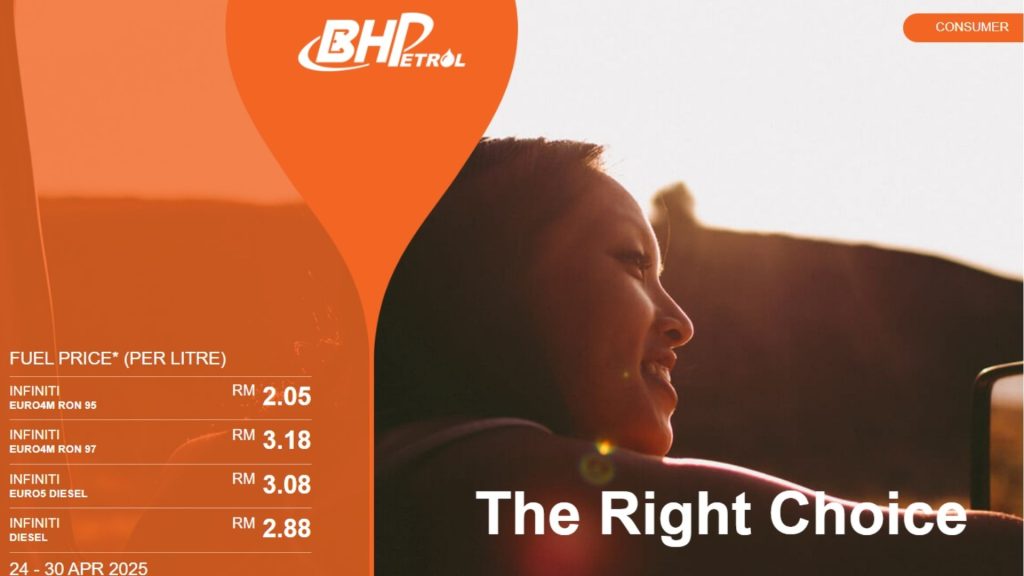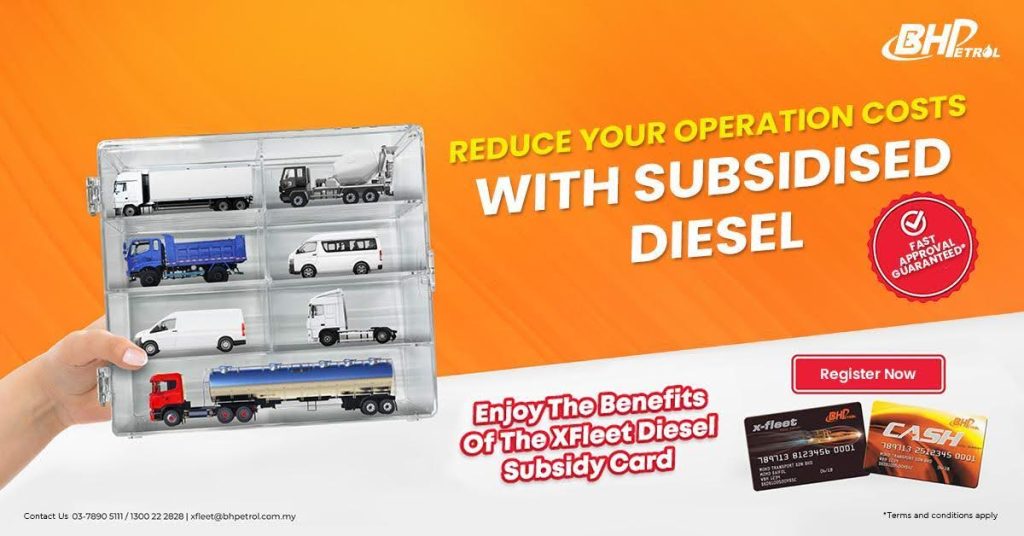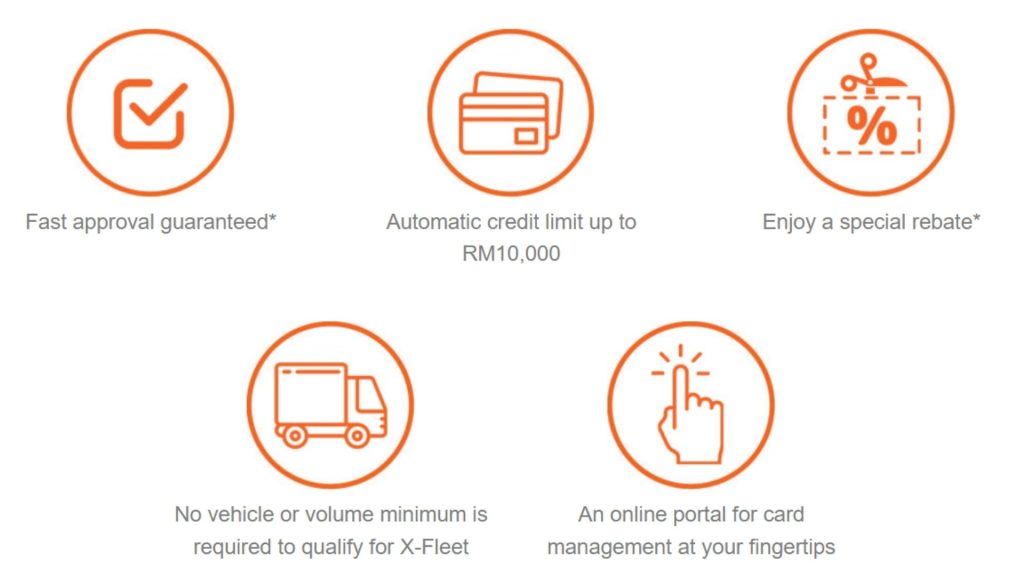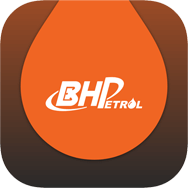The consistent fuel price increases in Malaysia during 2024 can be attributed to global oil market fluctuations and domestic subsidy adjustments. These rising costs directly impact the operational budgets of businesses that rely on transportation or logistics.
This article delves into the key factors that have contributed to the fuel price increases. It also examines Malaysia’s shift towards targeted subsidies, and how eligible businesses can take advantage of the SKDS 2.0 program to mitigate these rising costs.
Why Are Fuel Prices Increasing in Malaysia?

1. Global Crude Oil Market Volatility
The oil and gas market could be affected by the instability of the macroeconomics and geopolitical dynamics amid the energy transition that leads to a prolonged volatile pricing landscape.
Source: Discover Alert
2. Floating Fuel Price Mechanism
The removal of blanket diesel subsidies in Peninsular Malaysia led to a significant increase in pump prices, jumping from RM2.15 to RM3.35 per litre.
Malaysia uses a managed float system for RON97 and diesel, which means prices change weekly based on:
- Global crude oil prices
- Exchange rate fluctuations (MYR/USD).
While RON95 remains subsidized and price-controlled, both diesel and RON97 prices have increased by around 22% since the start of 2024. The government has also restructured RON95 petrol subsidies to continue supporting the bottom 85% of income earners, while phasing out support for the top 15%.
3. Subsidy Rationalization and SKDS 2.0

To reduce fiscal strain, the government is shifting from universal fuel subsidies to targeted assistance programs like:
- SKDS 2.0 (Subsidized Diesel Control Scheme) – Fleet subsidy for eligible commercial vehicles
- Budi Madani programme – RM200 monthly to eligible diesel users like smallholders and truckers
This ensures subsidies reach those who need them most while reducing wastage.
How Businesses Can Save with SKDS 2.0 at BHPetrol

What Is SKDS 2.0?
SKDS 2.0 is Sistem Kawalan Diesel Bersubsidi 2.0 – a government initiative allowing approved businesses to purchase diesel at subsidized rates through registered fuel cards. Managed by selected oil companies, including BHPetrol, the program helps offset rising operational costs.
Eligibility Criteria
Qualifying sectors include:
✅ Transport & Logistics – Lorries, prime movers, refrigerated trucks
✅ Public Transport – Buses, taxis
✅ Essential Services – Ambulances, fire trucks
See the full list of eligible vehicles at Reduce Your Operation Costs with Subsidised Diesel (SKDS 2.0)
Steps to Apply
- Check Eligibility – Verify vehicle and business qualifications.
- Choose a Fleet Card – BHPetrol offers three options:
- X-Fleet Charge Card (High-volume users)
- X-Fleet Diesel Subsidy Card (Prepaid model)
- Diesel Subsidy Cash Card (Pay-as-you-go)
- Submit Documents – Including SSM registration, vehicle details, and bank statements.
- Approval & Activation – Typically processed within 3-5 working days.
Rising fuel prices present challenges, but programs like SKDS 2.0 help mitigate costs for eligible businesses. By enrolling early, companies can secure subsidized diesel rates and better manage cash flow!
Take action today:
- Verify eligibility: Confirm vehicle and business qualifications.
- Apply online: Complete registration via BHPetrol’s SKDS portal.
- Monitor usage: Use digital tools to track and optimize fuel spending.
For further details, refer to Reduce Your Operation Costs with Subsidised Diesel (SKDS 2.0).





